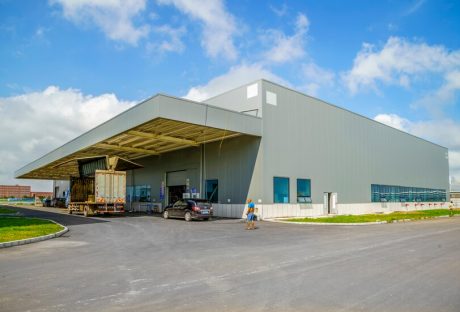Buying your first home is an enormous achievement. And while exciting, the process can also feel overwhelming.
You need a good realtor to help you. But wow do you ensure that you are working with the perfect real estate agent?
When searching for a real estate agent, it’s important to remember that there are different types of agents with unique experiences and specialties. You should consider both your needs and wants, as well as the expertise of the person you’re working with.
Here Are Four Prime Steps To Select The Perfect Real Estate Agent

1. Work With a Real Estate Agent Who Knows the Area
When targeting a neighborhood, work with an agent who knows the area for the following essential insights:
- The time it takes to complete a purchase in the area.
- The market price for the home.
- If there is any way to improve your bargaining position.
- Any repair or maintenance concerns that you may miss.
Take, for instance, families that want to move into the prestigious Toronto Cricket Club area. They usually partner with the best Cricket Club real estate agents like Adam Weiner + Associates because they have the knowledge and insights that help their client achieve their purchasing goals in the area.
2. Ask The Right Questions
Take time out to interview the agent. Meet them in person if possible. Interview several agents and ask the right questions to zero in on the perfect one for your needs.
Here are some questions you can ask:
- How well do you know the neighborhood?
- How are the schools in the area?
- What is this real estate market like?
- How much experience do you have?
- What type of customer service do you offer?
- What kind of real estate services do you provide?
3. Select A Reputable Realtor
Trust is the basis of an excellent relationship with a real estate agent. Only a trustworthy real estate agent will represent your best interests and help you make an informed decision.
To check a realtor’s reputation, look up their reviews on the Internet, and check their website for client feedback. Additionally, don’t be afraid to ask for referrals — happy clients will not hesitate to recommend a top real estate agent.
Working with a reputable realtor will help you avoid fraud, such as title scams where fraudsters may sell someone else’s property.
4. Check Their Qualifications
When you’re buying a home, there’s a significant amount of paperwork to complete. From the initial application to the final closing, there are dozens of documents that need to be signed and filed.
An important advantage of working with a qualified agent is that they’ll help you with paperwork.
A good real estate agent will help you with all the documentation. They’ll ensure that you have access to all of the right forms in advance, and they’ll also help you understand what’s required so that you don’t forget anything important or leave something out.
They’ll also identify any potential red flags in the paperwork that may cause problems down the road.
Whether you’re new to the home-buying process or have bought a home before, selecting the right real estate agent is critical. With the help of a top professional, you can avoid stressful mistakes and streamline the home purchasing process.
Read Also:






















